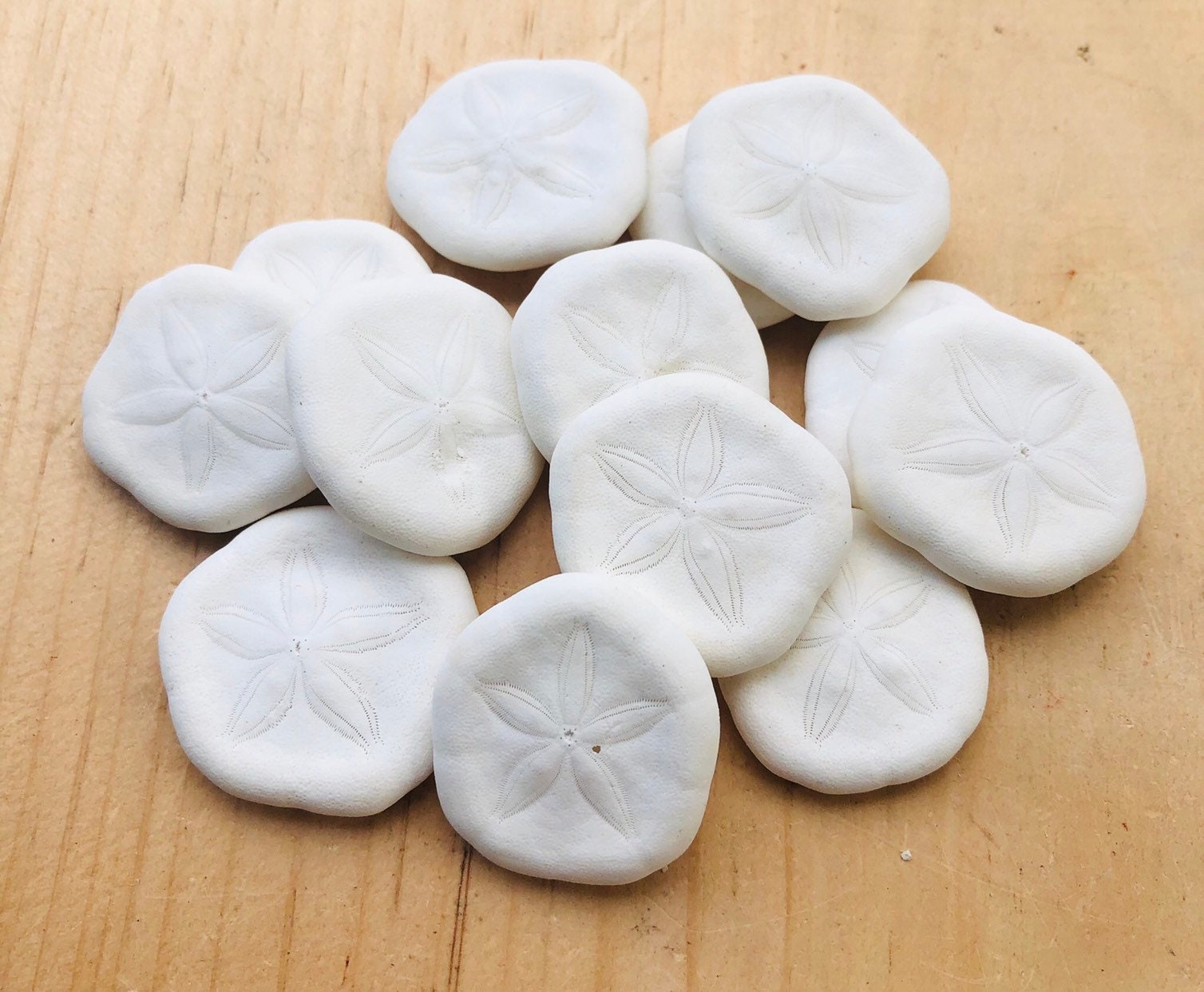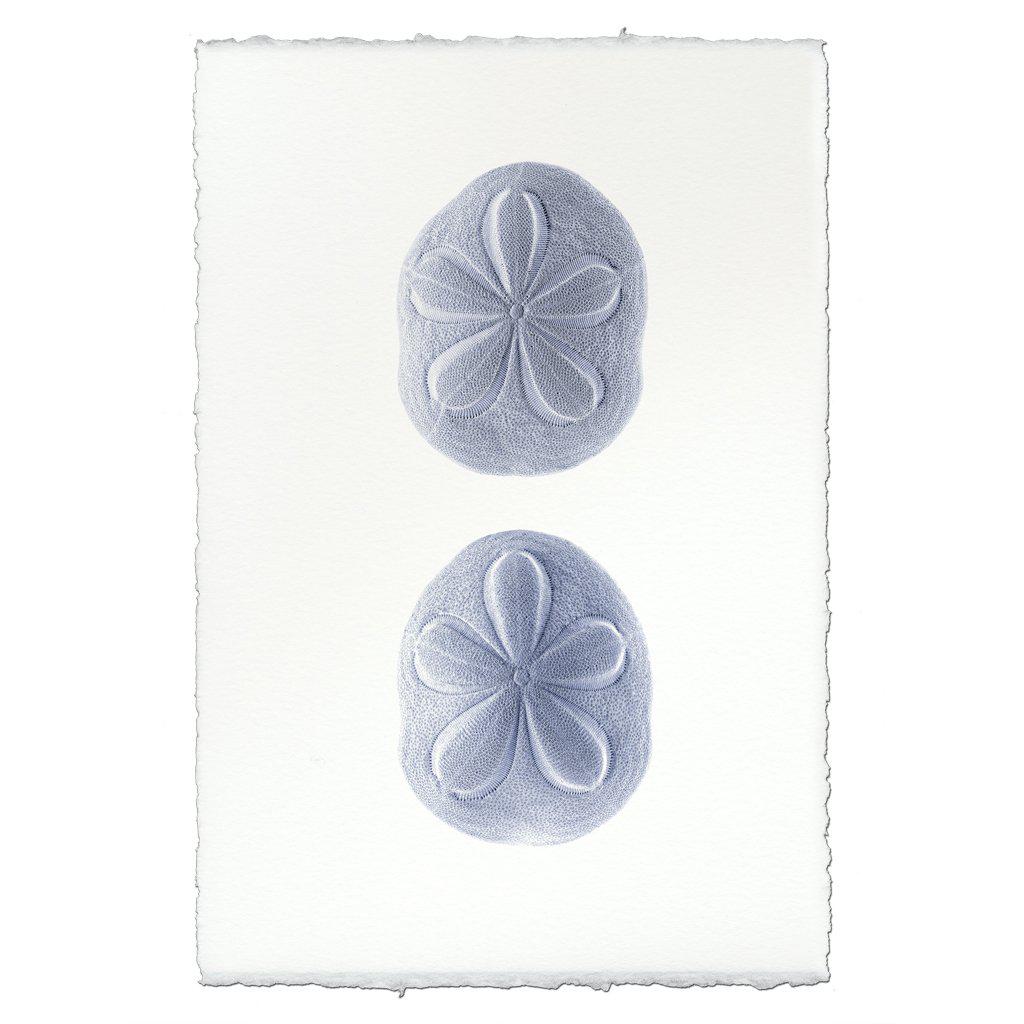

It’s hard to believe that this horse, having lost his first 17 starts, would become a legend – the greatest racehorse in history. When he felt like running he’d run, when he didn’t, he wouldn’t.

His legs were too short, his neck was too thick and he had a swaying foreleg that jutted out wildly. For a racehorse, he didn’t have much going for him. a battler who looked about as beat up as the nation itself. I would think a lot of racing fans would.”Ĭhris Dragone, executive director of the National Museum of Racing at Saratoga, when told last year of the possibility Seabiscuit is buried under a parking lot, told Jennie Rees of the Louisville Courier-Journal, “That is not an appropriate resting place for one of the great champions of our sport.They found it in the most unlikely of places. “The right thing is to bring it back here. “If it is under the parking lot, then it’s just wrong,” he says.

Mark Verge, Santa Anita’s chief executive, echoes that. Price speculates that the church won’t admit to the real gravesite because it went so long with nobody caring and now, after Hillenbrand’s book, is embarrassed about the parking lot. Ten voted for a placement also near the Howard home, where the statue stands now, but not on the parking lot. Of the 19 church members who voted in 2007, two voted to place the statue in the parking lot. Livingston says the parking lot statue was “speculative.” Photos compared with the original statue at the original site seem to show the exact line of hills in the background. To demonstrate what the statue would look like there, a fake Seabiscuit, surrounded by parking cones, was placed in the parking lot. Among the possible sites was what several knew to be the actual burial site. In 2007, when a British couple donated a third Seabiscuit statue - the second is at Saratoga - to be placed at Ridgewood, the membership took a vote on where to place it. “He would be somewhere, basically, where they have a parking lot,” she says. It’s in the parking lot.”ĭeDe Price of Redlands, a former church member and Ridgewood resident, says the burial spot was fairly common knowledge when she was there. Livingston, citing that, says, “We’re sticking to that story.”īuron says, “Things have been moved around, but I know where the grave is. Somewhere, in the high country that once was Ridgewood, the tree lives on, watching over the bones of Howard’s beloved Seabiscuit.” He told his only sons the location of the grave and let the oak stand as the only marker. Tracy Livingston, former ranch manager and current head of the Seabiscuit Heritage Foundation, says Seabiscuit is buried “in a secret place, and nobody but the family was allowed to know.” In her book, Hillenbrand writes: “Howard, a vigorously public man, made his last gesture to his horse a private one. But it is evasive about the exact burial site. The Church of the Golden Rule continues to pay homage to Seabiscuit by running tours and seeking conservation easements to preserve historic status.
#Sea biscuit movie#
Then the movie rekindled the legend and the precise burial site became an issue. With the burial site of Seabiscuit lost to time and memory, an adjacent parking lot was added. In time, according to documents and interviews, things were moved around and new structures built. In 1962, the Church of the Golden Rule purchased Ridgewood Ranch, and members live and work there, to this day. When Howard died in 1950, many newspapers repeated the location of the gravesite as “in front of Howard’s home.” He was also a farm worker and his daughter, then age 10 and now Jani Buron of Dayton, Nev., has written two books about her childhood memories there - “Ridgewood Ranch, Home of Seabiscuit,” and “The Spirit of Seabiscuit.” Among those at the gravesite for the burial were Howard his wife, Marcela and a young girl named Laverne Jones, now Laverne Jones Booth of Hesperia and her father, a worker on the farm.Īrriving later that afternoon to view the gravesite were Jani Griffith and her father, Chet. The New York Times, San Francisco Chronicle and Los Angeles Times, among others, reported that the burial would be in front of Howard’s Ridgewood home. He died of a heart attack May 17, 1947, was placed on a sled and taken a short distance for burial. Seabiscuit retired at Ridgewood, in a special barn close to Howard’s ranch home.


 0 kommentar(er)
0 kommentar(er)
